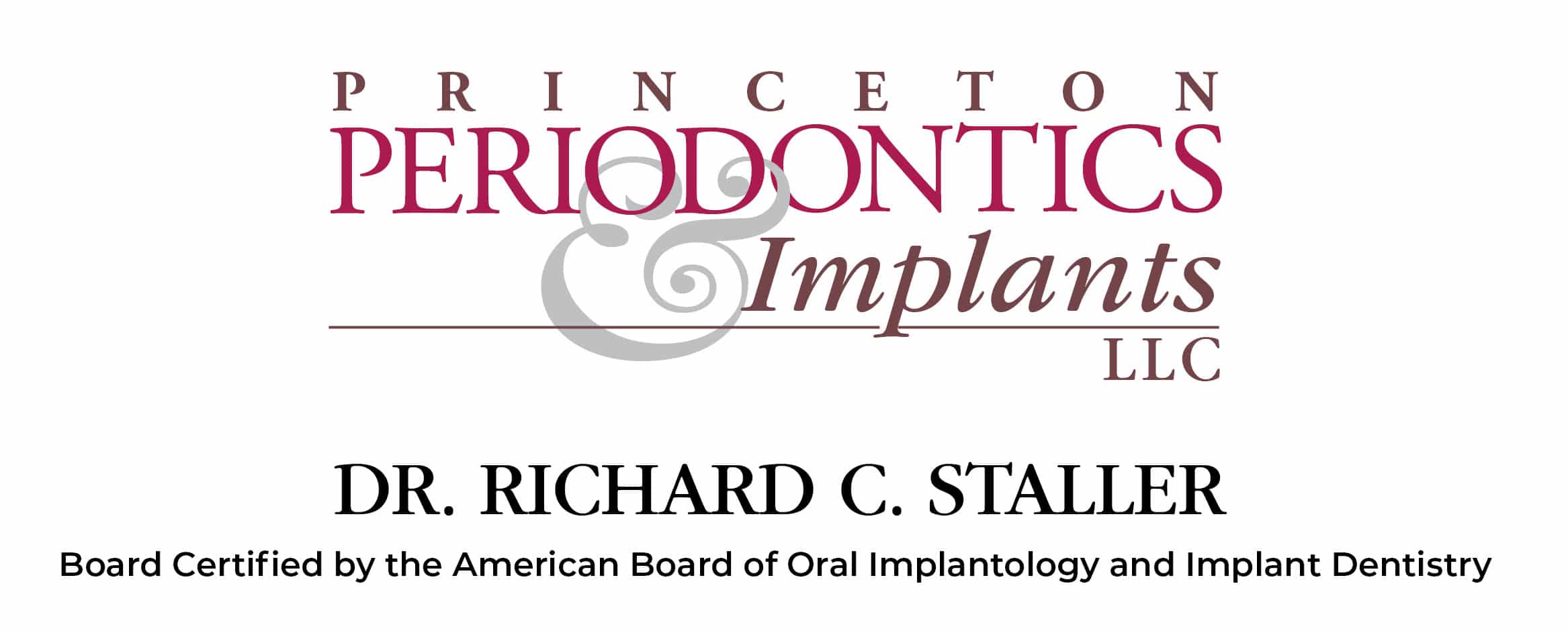You may be surprised to hear what the top-cited reason is for avoiding the dentist. For all the talk about the unpleasantness of even routine cleanings, it turns out there’s something that stirs a greater fear than all the scraping and prodding: the cost.
Nearly half of adults ages 35 to 49 surveyed (43.4%, to be exact) in a recent study by the American Dental Association’s Health Policy Institute said that cost was their main reason for not intending to visit a dentist in the next 12 months. And that was true among all income levels.
Even among those who do find their way to my chair for a consultation, the question that comes up most often is, “Is this covered by insurance?” To which I reply, “It’s not quite that simple.”
Dental insurance rarely covers 100% of major dental procedures. Even more, most have a relatively low maximum yearly benefit. In other words, depending on your plan, your coverage may max out after your insurer pays for $1,000 to $1,500 of your dental care in a year.
Most plans use the PPO (Preferred Provider Organization) model, which offers better rates for dental care providers within a prescribed network. PPO plans are also usually comprised of three tiers of coverage rates that typically follow a 100-80-50 structure. Preventative maintenance makes up the top tier, and all of that cost is covered. Basic restorative procedures, like fillings, make up the next tier. About 80% of their cost is covered. Major restorative procedures, such as root canals and dental implants, make up the last tier. While they’re generally the most expensive procedures, only about half their cost is covered by insurance. (HMO and EPO plans can cover even less.)
Cosmetic procedures—those deemed not medically necessary by the insurance provider—like some types of braces, whitening, and crown lengthening, usually aren’t covered at all by insurance.
It’s easy to understand now why many put off seeing the dentist and specialists like me, even though doing so is likely to increase the cost of treatment. Left unchecked, cavities become bigger and blacker, cracks in the enamel widen, and gingivitis can develop into severe periodontal disease and tooth loss. None of these issues will go away if you try to ignore them. In fact, they’re only going to further to deteriorate your quality of life, as this study concluded. Their treatments will also become more involved and costly.
What, then, can you do about it? Keep reading. I’ll walk you through a few basic steps that will minimize your out-of-pocket costs.
Maximize your coverage
Start by discussing the cost of your dental procedure with your doctor, whether it’s your dentist, a periodontist, or another specialist. They’ll give you an idea of what you’ll be responsible for out-of-pocket.
And, because they have extensive experience in making treatments like yours practical for patients on a limited budget, they’ll also be able to give you some pointed questions for your insurance provider to ensure that you’re maximizing your coverage. There are a number of scenarios, particularly where dental implants are concerned, that influence the parameters of your benefits. For example:
- What’s your plan’s annual limit? Your policy may cover implants, but if the cost exceeds your annual limit, you’ll be responsible for the balance.
- Some plans don’t cover the full procedure, but they will cover the crown attached to the implant’s abutment.
- Increasingly, insurance providers are becoming more willing to cover implants if there are medical complications resulting from tooth loss or one or more teeth were lost through an injury or accident.
Know your options
Once you’ve nailed down a specific amount you’ll be responsible for, there are a few things you could do. Having savings set aside for emergencies, of course, is ideal, and one of the easiest ways to go about it is setting up a monthly, automatic transfer from your checking account to a savings account. You won’t even have a chance to miss it, but knowing that savings account is there will alleviate a lot of the stress that can accompany unexpected medical and dental issues.
If time is of the essence, talk to your doctor about prioritizing your treatments. (It’s also a sound strategy for certain cosmetic procedures.) If it won’t further compromise your condition, resolve the most pressing problems immediately. Then space out the less time-sensitive procedures to spare you from the burden of paying a single, larger amount now.
Aside from flexible treatment planning, many practices also provide some form of dental financing through a third party, which enables you to pay your out-of-pocket expense through monthly installments, as you would a car loan.
Focus on your health
The takeaway: Doing nothing is your worst course of action. Whether you haven’t seen a dentist in the last year or you’re experiencing some level of discomfort in your mouth, looking the other way is all but assuring that you’re going to be faced with a health crisis in the near future. And, if you’ve experienced tooth loss, your need is even more urgent.
I say that not to scare you but to help you see that acting now is in your best interest, even if you’re certain you can’t afford the treatment. Trust in a doctor to help you find a way. It’s what we do every day.
If you’re interested in learning more about dental implants, or your gums are regularly tender, swollen, or bleeding, schedule a consultation with me. I’ll do a Comprehensive Periodontal Evaluation, and then we can discuss treatment—and, of course, cost.

